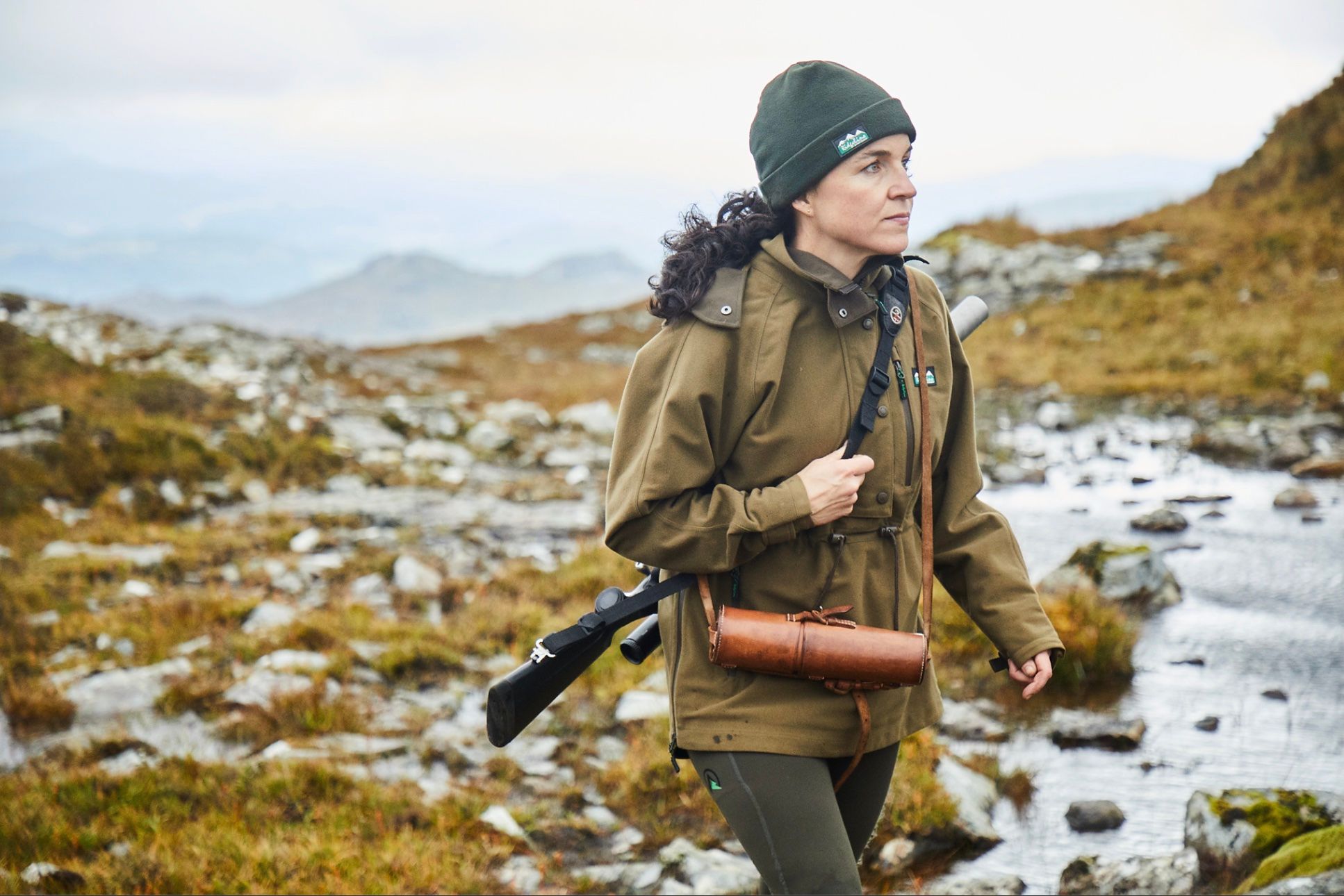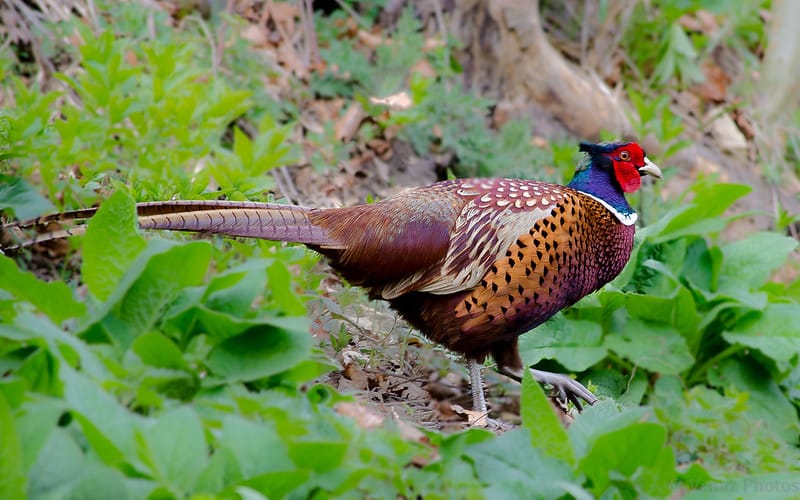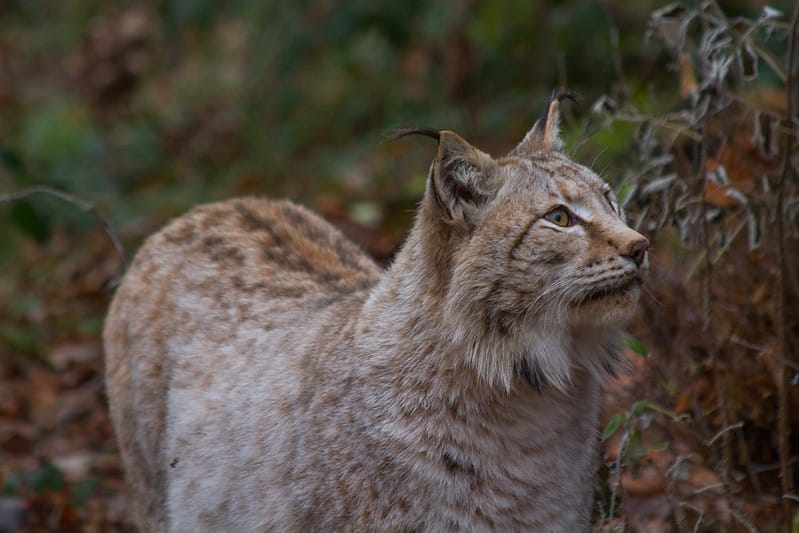
'The life of an animal is not an experiment'
Seven years ago, as research for her book, Louise Gray learned how to stalk deer. She explains here why that kill was never going to be one-off event.
Deer stalking and nature conservation have traditionally been at loggerheads. Shooting deer was seen as animal cruelty and part of an outdated social system of land ownership. But things have changed.
A large chunk of land in the Highlands of Scotland is now owned by conservation bodies, and a big part of what they do is manage deer numbers. Red deer populations have never been higher than they are today, and it is generally agreed that, to allow woodland to regenerate, a certain number have to be culled.
That means that, for the first time in recent history, conservationists and deer stalkers have to understand each other: they have to find a middle ground. I see myself as falling somewhere in that middle ground.
I am both an environmental journalist and a nature conservationist. A few years ago, I published a book called The Ethical Carnivore, about eating only animals that I had killed myself. The idea was to explore the environmental and psychological impact of eating meat, and it meant learning how to stalk a deer from scratch. My father had taught my brothers – but not me.
I always said that learning these skills was never going to be a one-off for me. The life of an animal is not an experiment. If I was going to do it, I was going to continue to make this meat part of my diet.
In the seven years since I published that book, I have gone on to kill and eat two more stags, and I have continued to learn more about deer and the environment they inhabit. In particular, I am helping to run an estate in the Highlands, Ben Damph Estate, where deer numbers are managed.

I am not going to pretend that killing an animal is nice, but I believe that shooting animals in their natural environment with an accurate gun is ethical.
For that reason, the day always starts with zero-ing the rifle. It is important to check that the weapon is functioning well, as sometimes a knock during transport can affect accuracy. It is also an opportunity to familiarise yourself with the kick-back from a high velocity .243 rifle into your shoulder. The most important thing to remember is to remain calm and focused, so that you are absolutely still and can take an accurate shot.
Once you are confident of the rifle, it is time to go on the hill. This is definitely the best bit, panting through Scots pine plantations, stumbling through the heather and pausing on the tops to watch shafts of sunlight transform the view into a Renaissance painting.
Deer stalking is not like climbing a hill. It is more like “going into the mountain”, as the writer Nan Shepherd would say. You are trying to understand the wildlife – in this case the deer – so that you can stalk close into them.
As a stalker, you have to know where the deer might be. At this time of year, during the rut, the hinds will be grazing quite high up and the stags will be travelling across the hill, fighting one another for the honour of being the one that gets to mate with them. You also have to know the direction of the wind and the shape of the mountain in order not to startle an animal that has evolved to spot predators.
Stalking is where I have learned to tell the difference between ling heather, cross leaf and bell heather. It is where I have learned the names of wildflowers: of tormentil, bog asphodel and lady’s mantle. I have watched crows mob eagles and startled ptarmigan changing from brown to mottled white.
And, of course, I have observed deer: the way a lead hind will always be ready to stamp her feet and bark if she sees or smells danger (often the way a stalk ends), the way a stag roars, the way a wallow smells and how the whole herd will move across rocky steep ground, where I will scramble and fall, as if they are trotting on air.

All day, you are “covering the ground”, as my father would call it, constantly getting out your binoculars or a telescope and “glassing the hill” to see where the deer might be. You might spend all day on the hill, simply observing the deer without killing anything, and that is fine by me.
If a suitable animal is spotted, then it is necessary to stalk up to within two hundred metres of it without being observed. This is where the proper deer stalking happens.
I have laid in the heather for hours, waiting for the wind to change. I have crawled up burns soaking my clothes in the process, and leopard-crawled through the heather, trying not to breathe. It is a strange yet very human feeling to be in touch with every sound and move you are making to avoid startling an animal.
If you can get within 150 metres of the target, this is when you must steady yourself, load the rifle and line up the deer in your sights. If you are very confident of a shot, you can shoot a deer in the head or neck. If it is further away, or you are less confident of the shot, then you are aiming for the heart and lungs.
I do not enjoy the kill. Even so, I have found a way to control my breathing and stay calm in order to remain motionless. It does feel like an out of body experience – a way of finding absolute concentration and blocking all other thoughts. The food writer Michael Pollan likened it to being high on cannabis.
Afterwards, too, it is necessary to be alert and ready to take another shot if you need to. Once you are sure the animal is dead, there is a moment of gratitude and appreciating the beauty of a living being. Other cultures have traditions for this, such as the Native American “prayers” to the animal. There is no equivalent in Britain, but I do say thank you, simply because that feels natural to me.

The gralloch – or removal of the intestines – is very business-like. It is smelly and brutal, but fascinating to learn the anatomy of an animal. We take out the guts and leave them on the hill for the eagles and crows, then wash our hands up to the elbow in the nearest burn.
The drag to the bottom of the mountain again is exhausting, especially because, where I go stalking, we do not have a pony and the ground is far too steep for a quad bike.
Later, the deer will be hung in the larder and taken away by a game dealer to be processed for human consumption – possibly ending up in a supermarket near you – or we will butcher it ourselves for our own consumption. Butchery is hard work, but there is something satisfying in working for the meat that you eat and seeing it through from beginning to end. I always take pride in feeding my friends and family with meat I have sourced myself.
This is what The Ethical Carnivore was all about: understanding where our meat is from. My experience stalking my first stag made me see meat as a treat that takes real effort to source yourself.
But a book does not end when you finish writing it. The conversation about where our food comes from continues, as does the need to control deer to enable Scotland’s lost woodlands to return. I expect I will go stalking again. I want to carry on sharing and learning. I want to keep on covering the ground.
This article was made possible by funding from The Pebble Trust. All photographs belong to Moy Williams.
Subscribe to our newsletter
Members receive our premium weekly digest of nature news from across Britain.
Comments
Sign in or become a Inkcap Journal member to join the conversation.
Just enter your email below to get a log in link.







